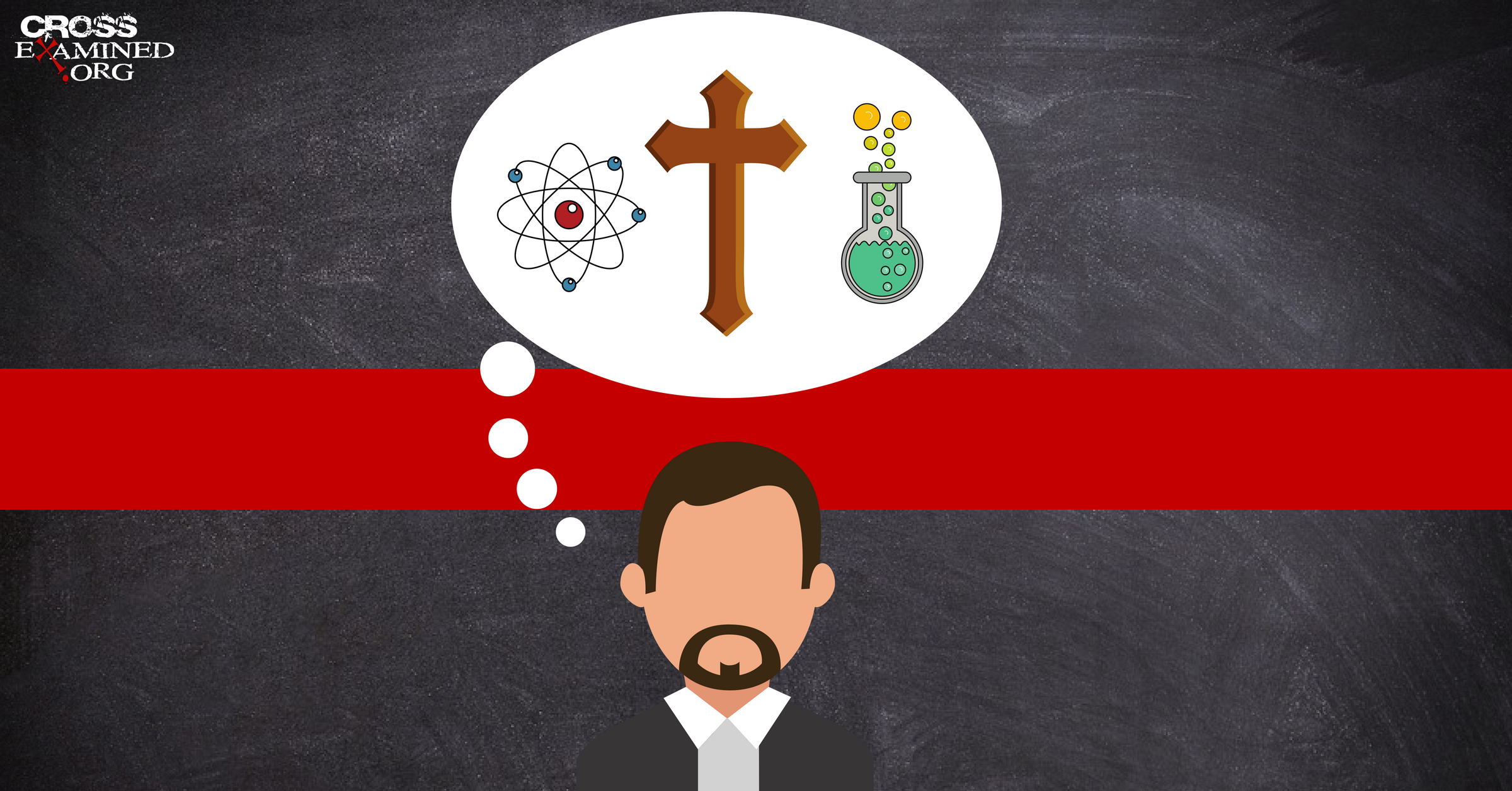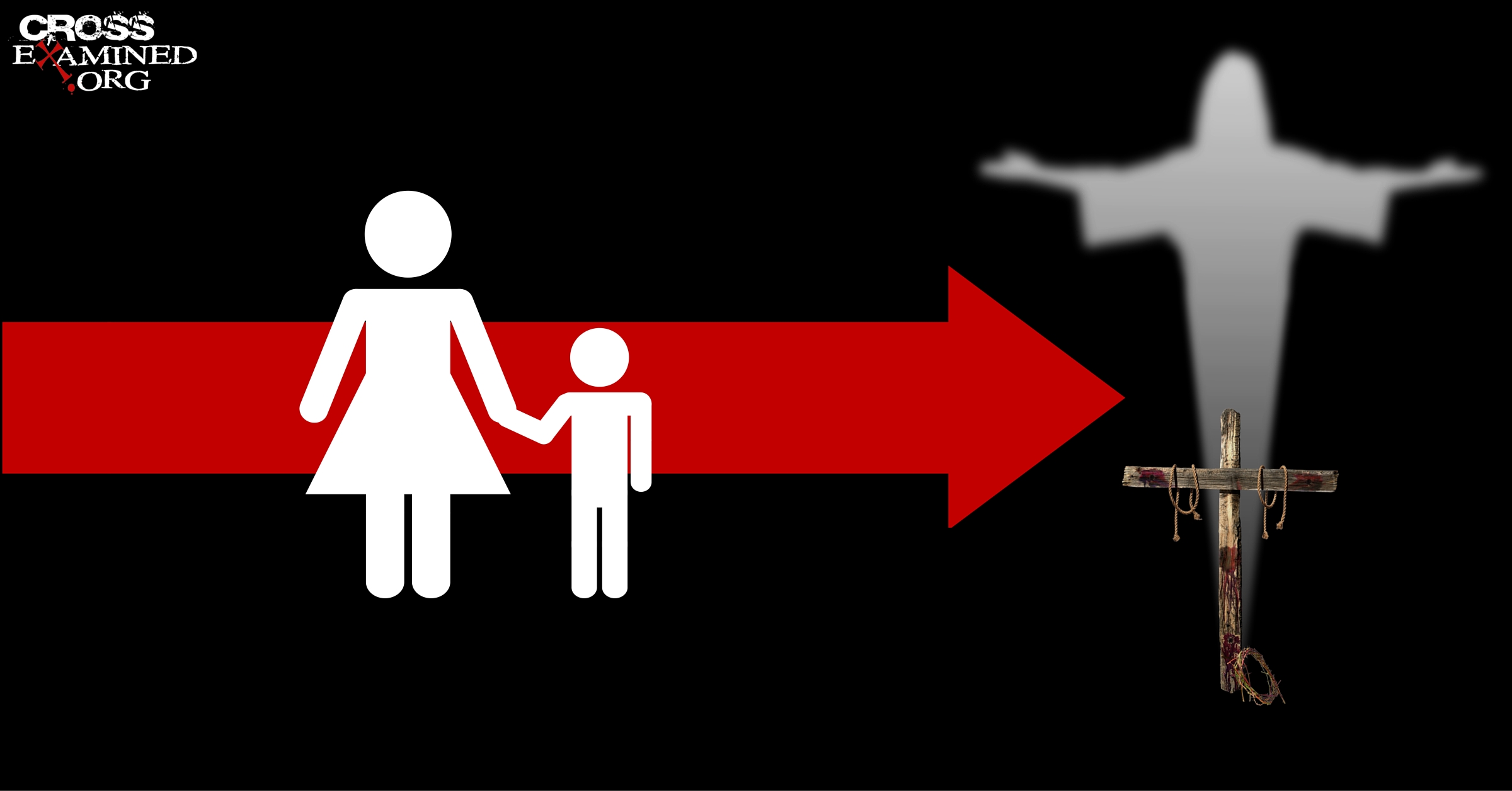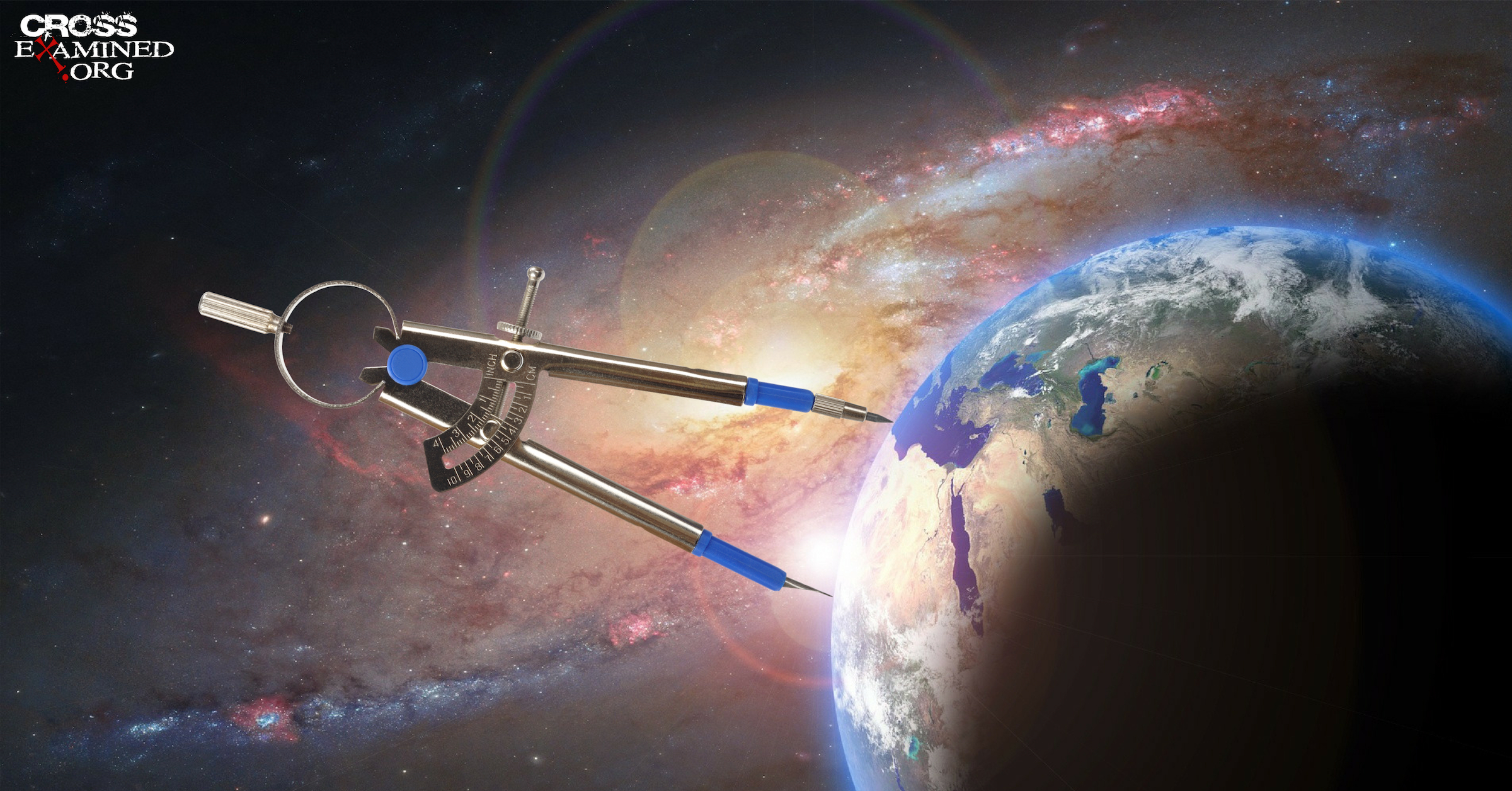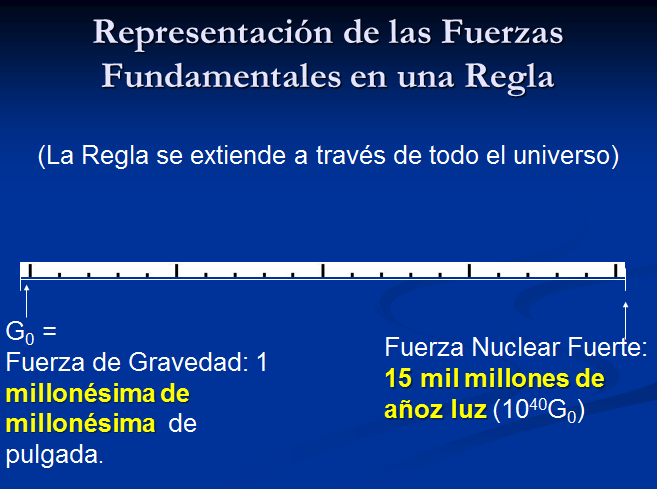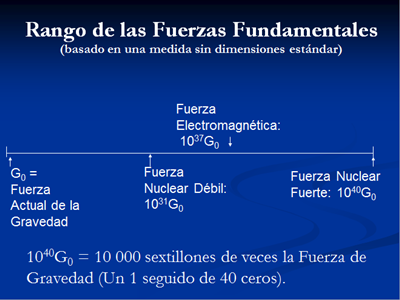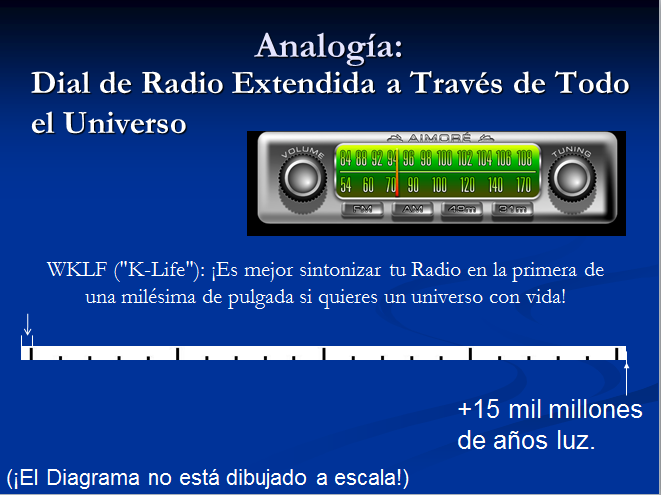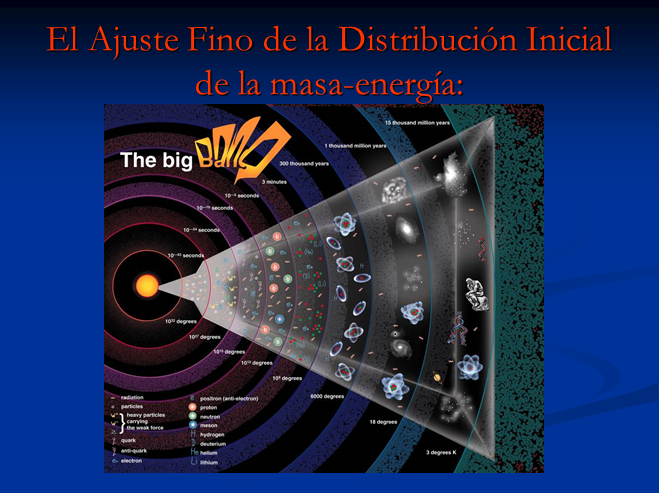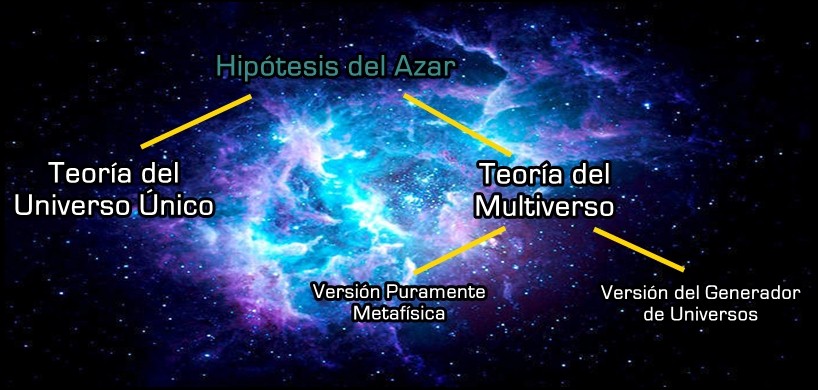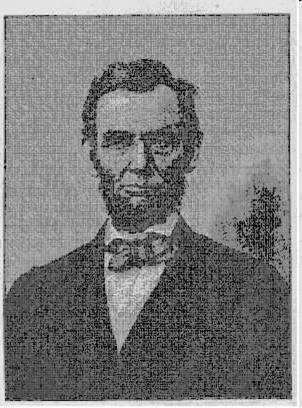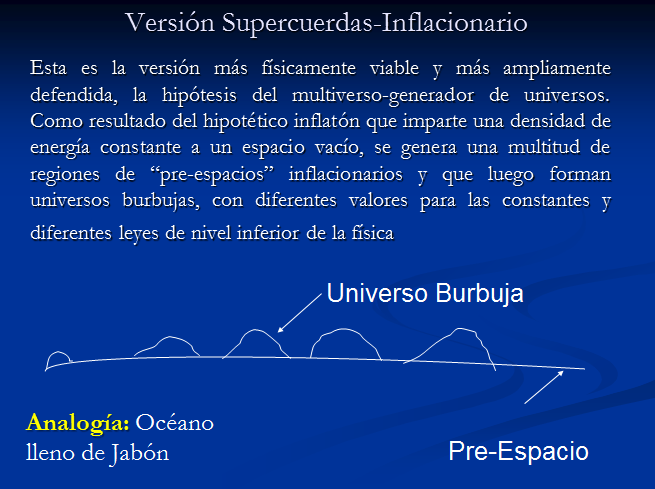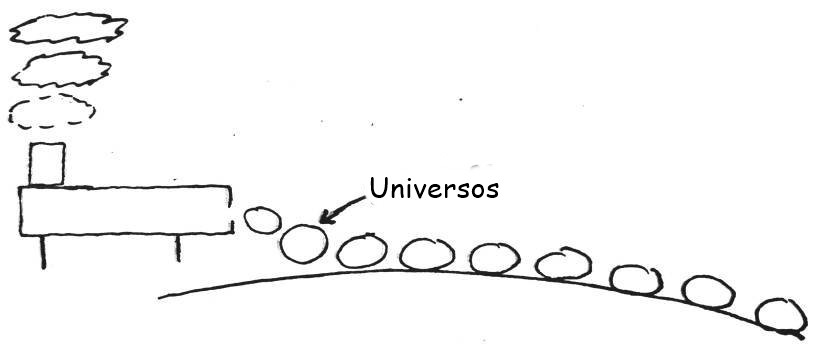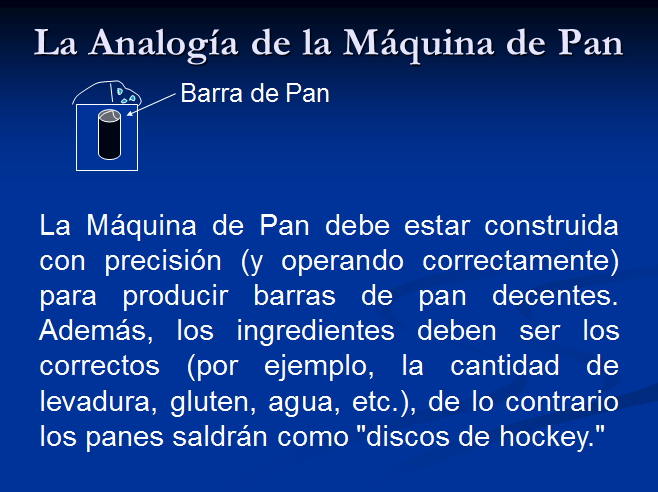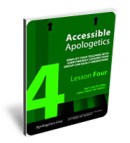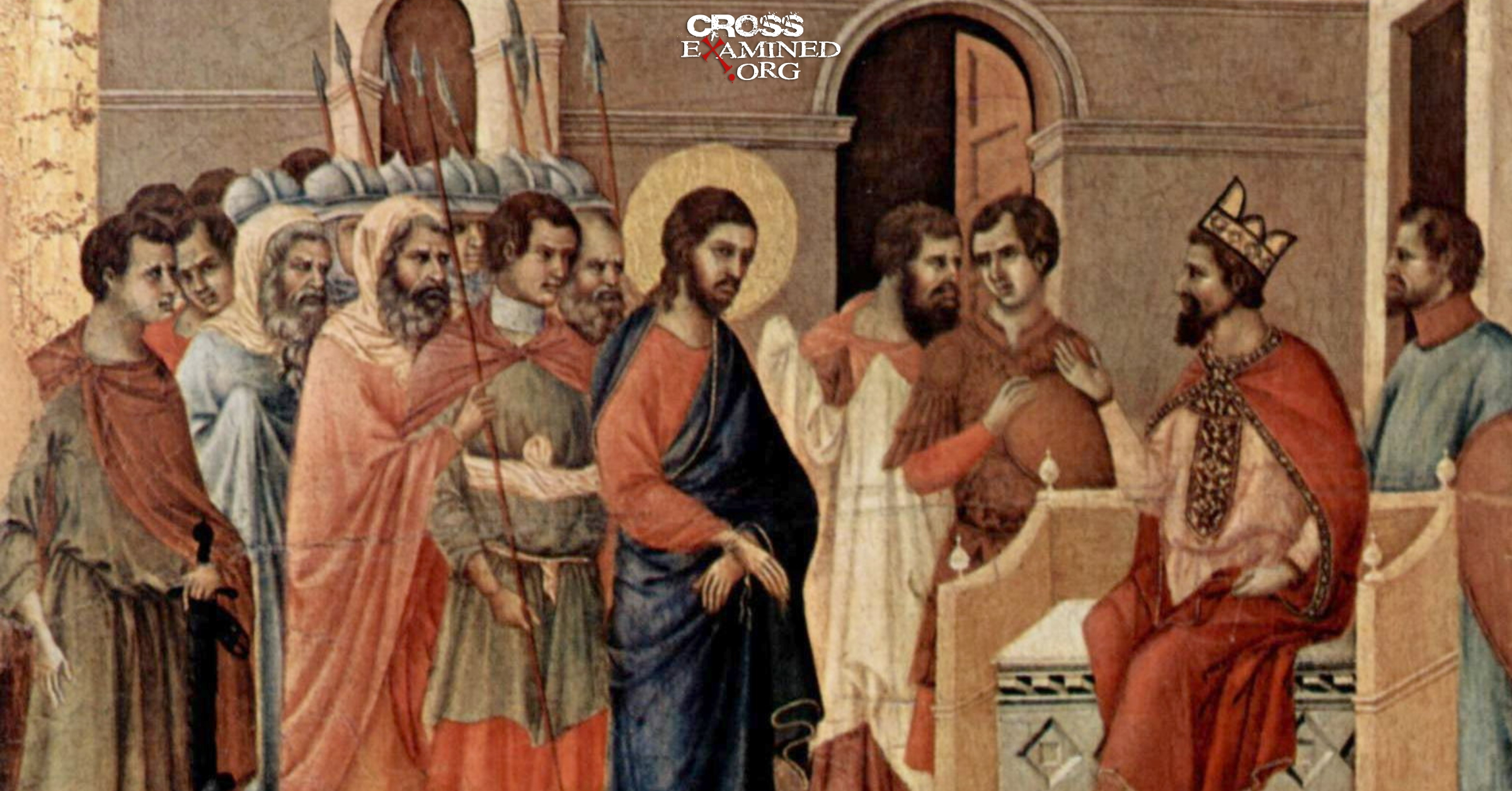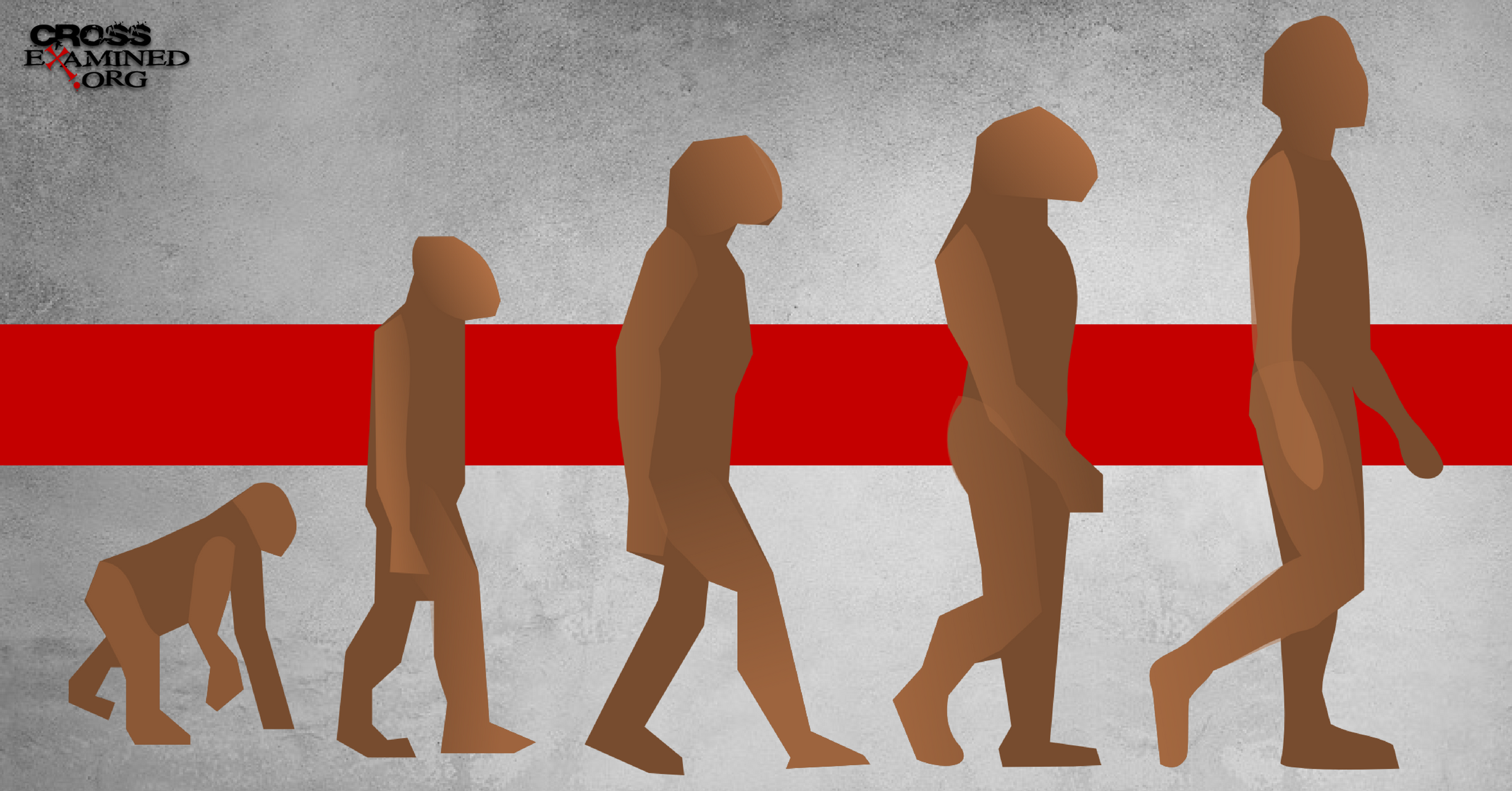By Ken Mann
The following was delivered as a plenary session at a Biola on the Road conference in April 2017 at Faith Bible Church in Houston, Texas.
Introduction
Charles Darwin. Evolution. Perhaps no other man and no other idea has had a broader influence on Western culture. In On the Origin of Species by Means of Natural Selection, first published in 1859, the way we perceive our world and ourselves has been transformed. For those who have embraced Darwinism, humanity and every other living thing are the end products of a natural process. There is no Creator. There is no purpose. There is simply survival. Humanity is a cosmic accident.
Since 1888, scientists and academics have claimed that Darwinian evolution is as certain a fact as gravity. The momentum behind Darwin’s theory has been strengthened in the 20th century, to the point where almost every aspect of human behavior and culture has been subjected to a process of evolutionary explanation. Today, scientists who are merely skeptical of evolution risk losing their jobs if their views become known.
In the face of such an attack, what should a Christian think? In my own experience, I was always convinced that evolution was false. Not because I knew anything about it, rather, I was certain of the existence of God and the reliability of the New Testament. I believed I had adequate justification for believing in a literal Adam and Eve, in the Fall, and in the person and work of Jesus Christ.
But for many years I was plagued by an internal conflict. Evolution aside, I have always loved science. Ever since I was a physics major in college, I have adhered to the adage that science is “thinking God’s thoughts after Him.” Despite the myriad apparent conflicts between science and religion, I suspected that Psalm 19:1—“The heavens declare the glory of God”—meant that the study of creation was compatible with the Christian worldview.
Then, in 2010, I enrolled in the Science and Religion program at Biola. During my first year, I took a class that focused on Darwin. At the time, Darwin seemed like the Mount Everest of a “Science and Religion” program. Looking back on it now, this topic embodied everything that made the program so valuable. The tools I learned and the confidence I gained have transformed my faith.
I always rejected evolution, not because I understood the science, philosophy, or history surrounding it, but because I trusted God more. Today, I know the reasons why Darwinian evolution is not a fact, and I must emphasize that none of them are based on Christian doctrine.
That may alarm some of you, so let me explain. There are many myths and distortions about the relationship between science and Christianity. Perhaps the worst is that science and Christianity are in hopeless conflict, that the Christian Church has been an impediment to science since Galileo. In reality, the foundations of modern science, the assumptions that made science possible, come from the Christian worldview. The pioneers of modern science were all committed Christians, most of whom saw science, in Kepler’s words, as “thinking God’s thoughts after Him.”
In other words, science and Scripture are simply two sources of revelation. There is the “book of nature” and the “book of Scripture.” These two “books” cannot contradict each other because they have the same author, God. When they seem to contradict each other, then something has gone wrong with our understanding of Scripture, nature, or both.
Since Galileo’s confrontation with the Catholic Church in the 17th century, there have been conflicts between the doctrines promoted by the Church and the conclusions of science. In Galileo’s time, almost everyone accepted an earth-centered view of the cosmos that originated with the Greeks and was later sanctified using certain passages from the Old Testament. Galileo questioned the conventional wisdom of his day and advocated an idea that would not be widely accepted for another century.
In the 19th century, Charles Darwin also challenged widely accepted ideas about God’s role in the creation of the world. Christianity has since been challenged by a variety of conclusions based on his writings.
How should we deal with these challenges? The first and most important step is to understand them. We should not run away from something that attacks our Christian worldview. We should run toward it. Engage, learn, and trust that God is sovereign.
As we engage with evolution today, I want to assure you that we are not going to wander into the tall grass of the biological sciences. We are not going to talk about the Prevalence of Functionally Significant Glutathione S-Transferase Genetic Polymorphisms in Dogs. (That is the topic of a research project my daughter, a biochemist, cell and molecular biology major, has been working on since last summer.) Not because the science is not important, but because it takes much longer than we have available today. Plus, there are much more obvious problems with Darwinian evolution.
Darwin’s theory is supposed to have been the triumph of science over the myths of religion. It is said that Darwin was not influenced by religion; he studied nature and “discovered” how it really worked. From his empirical observations, he proposed an idea that explained how life developed through natural processes without the direct intervention of a creator. In reality, Darwin had certain assumptions about God and how He would create that which were inconsistent with what he found in the natural world. In short, Darwin was convinced that his theory was true because his God would not have created the world as we find it.
My top priority this morning is to be understood, so I want to be clear about what I mean. I also want to inform, which means some of what I share may be challenging and new to some of you. I ask for your patience as we move forward. I’ll be here to answer questions and the content of this talk, along with a list of some relevant books that you can find on my website under “resources.”
I’m going to cover two things this morning. First, I’m going to discuss some terms that are central to this topic. Next, we’re going to consider theological ideas that were at work in the 19th century and that still influence public perception of the relationship between science and Christianity.
Terminology
Whether you’re interacting with someone with a different worldview or just trying to learn more about a topic, navigating terminology is a crucial task. You have to be aware of words you haven’t heard or seen before. Whether I’m reading or having a conversation, I’m always on the lookout for these words. If I’m reading, I’ll stop and look up the word. In a conversation, it’s difficult, but still important to interrupt and ask the other person what that word means. If they can explain the term to you, it will definitely improve the conversation greatly. If they can’t, you may or may not be able to continue. Regardless, it’s important to avoid either party in a conversation assuming what certain words mean.
Evolution
So what does the word evolution mean? That depends on the context and the author’s intent. On this topic alone, there are actually six different definitions that are routinely used. Only one definition is in plain view this morning, but if you read articles or blogs about evolution, you may encounter one or more of these definitions. You may even find authors who use the word in one sense, then switch to a different meaning later in the same article.
- They change over time. To quote Screwtape’s letters, “…to be in time means to change.” The study of nature frequently involves discerning what happened in the past from evidence we can examine today. Clearly, no one is going to disagree with this definition.
- Change in the distribution of different physical traits within a population. This refers to a field within biology known as population genetics. It studies the genetic makeup of biological populations and the changes in genetic makeup that result from the operation of various factors, including natural selection.
- Limited common ancestry. “The idea that particular groups of organisms have descended from a common ancestor.” The best-known example of this is the finches found on the Galapagos Islands. Today there are many examples of different species that probably have a common ancestor.
- The mechanism of limited common descent, natural selection acting on genetic mutations. Darwin’s theory had three premises: organisms varied, variations could be inherited, and all organisms were under pressure to survive. Variations that improved survival were passed on to other generations. Again, in a limited sense, such variation is observed, and it is plausible that survival could select for certain traits over others.
None of the definitions so far are controversial. However, the next two are where most of the disagreements occur.
- Universal common descent. This definition of evolution states that every organism descends from a single original organism. As controversial as it may seem, it is not the final word on what most scientists believe evolution is all about.
- Thesis “The Blind Watchmaker”
The term “blind watchmaker” was coined by Richard Dawkins in the title of his 1986 book, The Blind Watchmaker: Why the Evidence for Evolution Reveals a Universe Without Design. Dawkins was ridiculing an argument made by William Paley published in 1802. Paley argued that the existence of a watch implies the existence of a watchmaker, whereas a rock merely implies the processes of geology over time.
This definition of evolution says that all organisms have ascended from common ancestors solely through an unguided, unintelligent, purposeless material process. This process is entirely sufficient to account for the appearance of design in living organisms.
Or more succinctly, “Molecules to men by means of chemistry and physics.”
This final definition is what really drives the worldview conflict between materialism and Christianity. It has a couple of other names: “Darwinism” or “neo-Darwinism.” (The term below is a more technical and specific one in that it refers to the integration of Darwinism and the science of population genetics in the mid-20th century.)
While you should always push for definitions, when you hear Darwin or evolution invoked in a discussion of human origins or the development of life, you can be sure that the idea of ”molecules for men” is what is meant.
Science
The term science does not need a definition with so many warning labels. Since it is in the title of my specialization, I will not be surprised if I have developed some opinions on the subject. I will limit myself to two ideas.
First, science cannot be limited by a specific detailed definition. There is no definitive list of criteria that says, “that’s science, but this other field isn’t!” In other words, specific examples of science (e.g., physics, biology, and paleoanthropology) seem obvious, however, coming up with a list of criteria that separates astrology from astronomy, for example, is harder to do. Almost everyone will agree that simply studying the motion of stars and planets does not make astrology a science.
Second, beware of an exaggerated view of science as a source of knowledge. The view known as “scientism” claims that the only things that can be known come from the natural sciences. It is a tactic designed to give the man in a lab coat, as opposed to a theologian or philosopher, a privileged status that ends discussion. It is also a self-refuting concept because there is nothing we can learn from science. However you define science, that proves scientism.
Theology
Theology is the study of the nature of God. I believe that the Bible is the best source of theology. But we can also learn something about the nature of God from other disciplines, such as science and philosophy.
Human nature
Now that I have defined Darwinism, I should also touch on the term human nature. Obviously, this is a topic of vast human experience. An entire lecture could be devoted to addressing this topic. How you define human nature is determined by your worldview. One can approach this question from a scientific, philosophical, or theological perspective. For my purposes this morning, I simply want to address the crucial differences between human nature according to Darwinism and human nature according to Christian theism.
From the perspective of Darwinism, humans and all living things are simply the end result of a blind, unguided physical process. In other words, we are simply animals. The process of natural selection has been invoked to explain almost every aspect of human culture and behavior. Many of these explanations are simply unsubstantiated stories, but they have captured the imagination of many. From religion to sexual infidelity to altruism, there is an evolutionary story for everything related to human nature.
Darwinism denies the possibility of the soul; it leaves no room for the existence of the immaterial. As a consequence, one must confront the idea that everything we do, everything we think, everything we feel is not evidence of our soul, but is simply the result of a physical process.
According to Darwinism, the difference between human beings and any other animal is a matter of degree , not kind . Let me illustrate with an example what I mean by these two words.
Steph Curry and Russell Westbrook have reputations for being among the best point guards playing in the NBA right now. The difference between them is a matter of degree . However, if we were to compare Curry or Westbrook to a basketball, we would have to say that the ball is a different kind of thing.
Since we’re just animals, it shouldn’t be surprising that ethical decisions about humans and animals are a little different for Darwinists. Peter Singer, a professor of bioethics at Princeton University, popularized the term speciesism , which refers to privileging members of a particular species over others. In other words, it’s not always wrong to kill human beings under circumstances such as severe mental or physical disadvantages. Some environmentalists have seized on this idea to argue that the death of a logger or the economic destruction of a community is acceptable when weighed against the safety of one type of animal.
The Christian view of human nature is radically different. In addition to being grounded in Scripture, it is also consistent with our deepest experience and intuitions.
According to Christianity, human beings are unique in creation, a completely different kind of creature from any other animal. We are physical creatures. We are similar to other animals in many ways. However, we also have an immaterial nature, a soul if you will. I have always liked this passage from Screwtape’s letters:
Humans are amphibians, half spirit and half animal… As spirit, they belong to the eternal world, but as animals they dwell in time. This means that while their spirit can be directed toward an eternal object, their bodies, passions, and imaginations are continually changing, because to be in time means to change. (p. 37)
I would object to Screwtape insofar as we are not “half spirit and half animal” but are embodied souls. Our soul completely occupies and animates our bodies. Our soul can also exist apart from our bodies, but a human body cannot continue without a soul.
The most essential aspect of human nature, what makes us unique, is found in the phrase “the image of God” first mentioned in Genesis 1:26-27.
Then God said, “Let Us make man in Our image, after Our likeness; and let them have dominion over the fish of the sea and the birds of the sky and the livestock and all the earth and over every creeping thing that creeps on the earth.” God created man in His own image, in the image of God He created him; male and female He created them.
To briefly unpack this sentence, if we consider the Hebrew words used here for “image” and “likeness” and the Greek word (eikōn), it would seem that God created us to be similar, but not identical to himself.
Consider just three ways we are similar to God.
- We are spiritual. Part of our nature is an immaterial soul or spirit united with a physical body.
- We are personal, that is, we are conscious and rational beings. We have a mind, will and emotions.
- We have the power to choose. Sometimes called free agents, we have the ability to deliberate and make decisions.
Finally, no discussion of the Christian view of human nature would be complete without considering the Fall. As unique as we are, as much as we were created to be in communion with God and with each other, the most certain and painful fact is that something is terribly wrong.
Darwinism and the materialistic worldview it supports must deny our daily awareness of evil. In ourselves, in our culture, even to some extent in creation itself, we are constantly confronted with the results of human rebellion.
Christianity explains the existence of evil, our acceptance and repulsion of it, and offers a solution in the person and work of Jesus Christ.
Theological foundations of Darwinism
In Matthew 16, Jesus asked His disciples, “Who do you say that I am?” This is the most important question any person will ever answer. Understanding who Jesus is and what He did is an essential step toward trusting Him as your personal Savior.
That question is so relevant that God the Father asked it. What you believe about God has a profound effect on every aspect of your life. Our perception of reality, how we choose to live, how we choose to solve our problems, everything about us is ultimately affected by our view of God.
This is no less true in science. As long as people have tried to understand nature, their beliefs about what or who created the world have impacted how they understand nature.
In the 19th century, there were several trends in theology that set the stage for Darwinism. Consider one example. It was argued that it would degrade God to believe that each animal species was a unique act of creation. Rather, God would be a wiser and more capable creator if the ability to create species by some natural process was built into creation. This view also downplayed or discounted other things that God did, such as miracles in the New Testament. This was sometimes referred to as “The Great Theology of God.” Ideas like this and others we will now consider motivated Darwin to reconcile what was observed in nature with the theology of his time.
Natural Theology and the “Theory of Creation”
The idea that God created is not really controversial in Christianity. It’s right there in the first verse, “In the beginning, God created the heavens and the earth.” Now a tremendous amount of words have been written about this verse and all that it means, yet no one doubts that central phrase: “God created.”
In the 18th and 19th centuries, the view of creation was that from the movement of the heavens to the myriad animals and plants occupying the earth, all of creation was a perfect, harmonious system that reflected God’s wisdom and benevolence. Beginning in the 17th century, a variety of theologians and scientists promoted the idea that evidence for God could be found in the study of nature. Known as “natural theology,” this field reached its peak in the works of William Paley in the early 19th century. Natural theology argued, some would say brilliantly, that evidence for design could be found in nature.
However, there was a significant flaw in Paley’s view. Paley believed that God’s purpose in creation was the happiness of his creatures. Creation was idealized in such a way that God’s Benevolence and Wisdom were seen everywhere. Let me read a quote from Paley’s book, Natural Theology:
“Es un mundo feliz después de todo. El aire, la tierra, el agua, rebosan de una existencia encantada. En un mediodía de primavera o una tarde de verano, en cualquier lado que gire mis ojos, multitudes de seres felices se amontonan ante mi vista. Los insectos jóvenes están volando. Enjambres de moscas recién nacidas están probando sus alas en el aire. Sus movimientos deportivos, sus laberintos, su actividad gratuita, su continuo cambio de lugar sin uso ni propósito, dan testimonio de su alegría y de la exaltación que sienten en sus facultades recientemente descubiertas. Una abeja entre las flores en primavera es uno de los objetos más alegres que se pueden contemplar. Su vida parece ser todo un placer, tan ocupada y tan feliz: sin embargo, es solo un ejemplar de vida de insecto”.
En resumen, los teólogos naturales afirmaron que la naturaleza demostró la sabiduría y la bondad de Dios, pero ignoraron su providencia, juicio o uso del mal.
El problema del mal natural
El problema del mal es algo que ha acosado la creencia cristiana durante mucho tiempo. Si no has escuchado esa frase antes, se refiere a la tensión que existe entre las instancias obvias del mal que encontramos en el mundo y las características típicamente atribuidas a Dios. A veces se plantea como una pregunta: “¿Cómo puede Dios ser benevolente y omnipotente, y permitir el mal que experimentamos en el mundo?”
La mayoría de las discusiones sobre este tema hacen una distinción entre el mal moral y el mal natural. El mal moral es simplemente lo que las personas han estado haciendo desde que Adán y Eva se rebelaron en el Jardín. El mal natural, en términos generales, es cualquier cosa en la naturaleza que causa la muerte o el sufrimiento. Esto podría incluir desde terremotos, enfermedades y todas las cosas horribles que los animales le hacen a los demás.
Darwin, como otros naturalistas, no vio felicidad y alegría en la creación. Vio la muerte, el sufrimiento y el desperdicio que no podía conciliar con la creación “feliz” de Paley. Estaba particularmente molesto por el sufrimiento y la muerte que se encuentran en el reino animal. Un ejemplo particular fue un tipo de avispa que deposita sus huevos en el cuerpo de una oruga. Después de la eclosión, la larva comienza a consumir el huésped mientras aún está vivo.
La solución de Darwin, consistente con la gran teología de Dios, era que Dios no creó la avispa parásita ni ninguno de los otros males naturales en el mundo. Más bien, Dios creó un sistema de leyes naturales que resultó en el mundo que estudió. En una carta a Asa Gray (un botánico estadounidense) Darwin resumió su punto de vista de esta manera. “Me inclino a considerar todo como resultado de leyes diseñadas, con los detalles, ya sean buenos o malos, dejados a la resolución de lo que podemos llamar azar”.
Para decirlo de otra manera, Dios, directamente actuando en la creación, fue rechazado con el fin de hacer que la existencia del mal natural sea comprensible para los seres humanos. Si Dios no creó directamente cada especie individual, sino que simplemente creó el sistema natural que resultó en la especie que tenemos hoy, entonces Dios no es directamente responsable del mal natural.
“La naturaleza no es perfecta”
Un segundo aspecto de la teología natural al que objetó Darwin, es que toda la creación reflejaba la perfección de Dios. Por supuesto, lo que se entiende por perfección aparentemente estaba abierto a una gran variedad de interpretaciones. Para Darwin y muchos otros, ésto ha sido la afirmación de que muchas cosas que se encuentran en la naturaleza están mal diseñadas.
Tal vez el ejemplo más popular de mal diseño en la naturaleza es el órgano vestigial. Cuando un órgano o estructuras ya no se necesitan, es un “vestigio” del proceso evolutivo. Fue necesario en una especie ancestral, pero la evolución todavía tiene que eliminarlo. En 1895, un anatomista alemán publicó una lista de 86 órganos vestigiales en el cuerpo humano. No estoy al tanto de un solo ejemplo creíble hoy. Los órganos vestigiales no son evidencia de evolución. Son una combinación de asumir que la evolución es verdadera e ignorar la función de un órgano en particular.
Un ejemplo más moderno de un reclamo de mal diseño se conoce como “ADN basura”. Este término fue originalmente acuñado en 1972. Cuando comenzó la investigación sobre cómo funcionaba el ADN, lo primero que se descubrió fue la correlación entre ciertas secuencias de bases de ADN (“peldaños” en la escala de ADN) y la producción de ciertos aminoácidos (20 moléculas orgánicas diferentes que componen las proteínas). La función de vastas regiones de ADN fuera de esta “codificación de proteínas”, más del 98% del genoma humano fue descartada como “basura”, hasta hace unos cinco años. El proyecto Enciclopedia de elementos de ADN (ENCODE) comenzó a publicar resultados que demuestran que se están utilizando vastas regiones del “ADN basura” en el genoma humano.
Similar a los órganos vestigiales, la ignorancia combinada con una aceptación de la evolución, resultó en la conclusión de que la investigación posterior ha demostrado ser incorrecta. En resumen, la existencia del “ADN basura”, algo que una vez fue dogma, ahora se está convirtiendo en otra predicción fallida del darwinismo.
Naturalismo teológico
Una tercera idea teológica que motivó Darwin y muchos otros en el siglo XIX tiene que ver con: cómo Dios actúa en la creación. Para aclarar esto, debo hacer una distinción entre causas primarias y causas secundarias. Un evento que es causado por Dios e imposible por cualquier otro medio, un milagro, es un ejemplo de causalidad primaria. Algo que ocurre de acuerdo con la ley natural es un ejemplo de causalidad secundaria. Por ejemplo, la separación del Mar Rojo cuando los judíos huyeron de Egipto fue la causa principal, la muerte del ejército egipcio capturado cuando se liberó el agua era una causalidad secundaria.
Para muchos teólogos y científicos, desde antes de Darwin hasta nuestros días, la ciencia no es posible si Dios actúa en el mundo. Si la causalidad primaria es posible, entonces es imposible saber la diferencia entre un evento causado por la ley natural y un evento causado por Dios. Para estudiar la naturaleza, para entender la estructura de las “leyes” que la rigen, debemos suponer que Dios nunca actuó en la creación.
El efecto neto de esta visión no niega que Dios fue el creador del universo, simplemente significa que no hay evidencia de que lo haya hecho. Por supuesto, eso no es lo peor. Si Dios no ha hecho nada desde el momento de la creación, la encarnación y la resurrección de Jesús no podrían haber sucedido.
Tal vez la forma más sencilla de resumir este punto de vista es que no se puede confiar en Dios. Si Él es capaz de actuar en la creación, Él es capaz de engañarnos. La ciencia se convertiría en el “estudio” de los caprichos y el comportamiento impredecible de un ser omnipotente.
El naturalismo afirma que todo surge de las propiedades y causas naturales; las explicaciones sobrenaturales o espirituales están excluidas o descontadas. Para los teólogos en el siglo XIX, esto significaba que Dios actuó en la creación a través de las leyes que Él creó. Argumentaban que Dios era más grande, que se glorificaba más si no intervenía en la creación. El Dr. Cornelius Hunter se refiere a esto como naturalismo teológico porque el razonamiento teológico lo motivó.
Hoy la posición predeterminada de la ciencia es una vista conocida como naturalismo metodológico. Esta es la idea de que cuando estás haciendo ciencia, solo puedes considerar las causas naturales. Las acciones de un agente inteligente no pueden ser consideradas. Dios no actúa en la creación. A partir de ahí, es un viaje corto al ateísmo, donde Dios no existe.
Pero permítanme enfatizar este punto: los orígenes del naturalismo que motivaron a Darwin y que se han convertido en dogmas dentro de la ciencia hoy en día fueron filosóficos. El naturalismo no fue una conclusión de la ciencia; fue un punto de partida.
Conclusión
La naturaleza humana según Darwin, ¿cómo debería responder el cristiano? Primero y, ante todo, cuando te enfrentas a una cosmovisión opuesta, debes entender lo que cree y por qué. Al explorar algunos términos y fundamentos teológicos, les ofrezco una introducción a la cosmovisión del darwinismo.
Proporcioné un resumen de algunas de las ideas sobre Dios y su papel en la creación que motivaron a Darwin. Ya que en el origen de las especies fue publicado hasta el día de hoy, el darwinismo se ha basado en una percepción de Dios que no se puede encontrar en las Escrituras. O Dios está ausente de la creación y no puede intervenir, o es incompetente porque la naturaleza está llena de “mal diseño”. La evolución se acepta como verdadera porque una visión distorsionada de Dios y la creación parece ser falsa.
Esto no es solo acerca de la ciencia. No se trata solo de religión. Es un ejemplo de cómo las suposiciones sobre Dios y la religión dirigen el proceso de la ciencia. El darwinismo no es una realidad. El darwinismo es menos que una ciencia, es menos que un punto de vista teológico que reclama el apoyo empírico de la ciencia.
La naturaleza humana según el darwinismo, incluida su negación del alma y la negación de la singularidad humana, no se aprende de diversas disciplinas científicas. Es implícito por la ciencia y, por lo tanto, es aceptado porque el darwinismo es aceptado. Sin embargo, si el darwinismo es falso, entonces todo lo que dice sobre la naturaleza humana también es falso.
El tiempo no permitió abordar la evidencia utilizada para apoyar y criticar el darwinismo. Lo que puedo decir en términos de un resumen es que la evidencia del darwinismo solo es convincente si ya estás convencido de que es verdad. En la página de recursos en mi sitio web, la charla de hoy está disponible junto con una lista de varios libros que cubren el material de hoy en más profundidad. También te animo a que revises los libros que se centran en las críticas científicas del darwinismo.
Me gustaría dejarte algunas preguntas para hacerle a alguien que cree que en “de moléculas a hombres por medio de la física y la química” es la mejor explicación para la gran diversidad de vida que encontramos.
- ¿Cuál es la evidencia de la evolución?
- ¿Cuál es la visión cristiana de la creación?
- ¿Cómo se originó la vida?
Cada una de estas preguntas, dependiendo de las respuestas que recibas, podría seguirse con dos preguntas. (1) ¿Qué quieres decir con eso? (2) ¿Cómo llegaste a esa conclusión? Estas dos preguntas de la técnica de Columbo de Greg Koukl buscan aclaración y evidencia que lo ayudarán a comprender mejor la perspectiva de la otra persona.
It has been my prayer, as I prepared for today, that the summary I would offer here would encourage believers. It is also my prayer that you will leave today motivated to learn more about this topic and others that will be discussed today. As Christians, we are heirs to a tremendous heritage of thought that I fear has been abandoned. We worship a Being who created all things, sustains all things, and knows all things. Our trust in God must not be limited to our salvation. God is sovereign over everything. He is sovereign over every domain of human knowledge. He is sovereign over every lie that can deceive.
Don’t run away from a challenge. Commit, learn, and trust that God is Sovereign.
Translated by Malachi Toro Vielma.
Edited by Maria Andreina Cerrada.
Original Blog: http://bit.ly/2QaZJJ5

